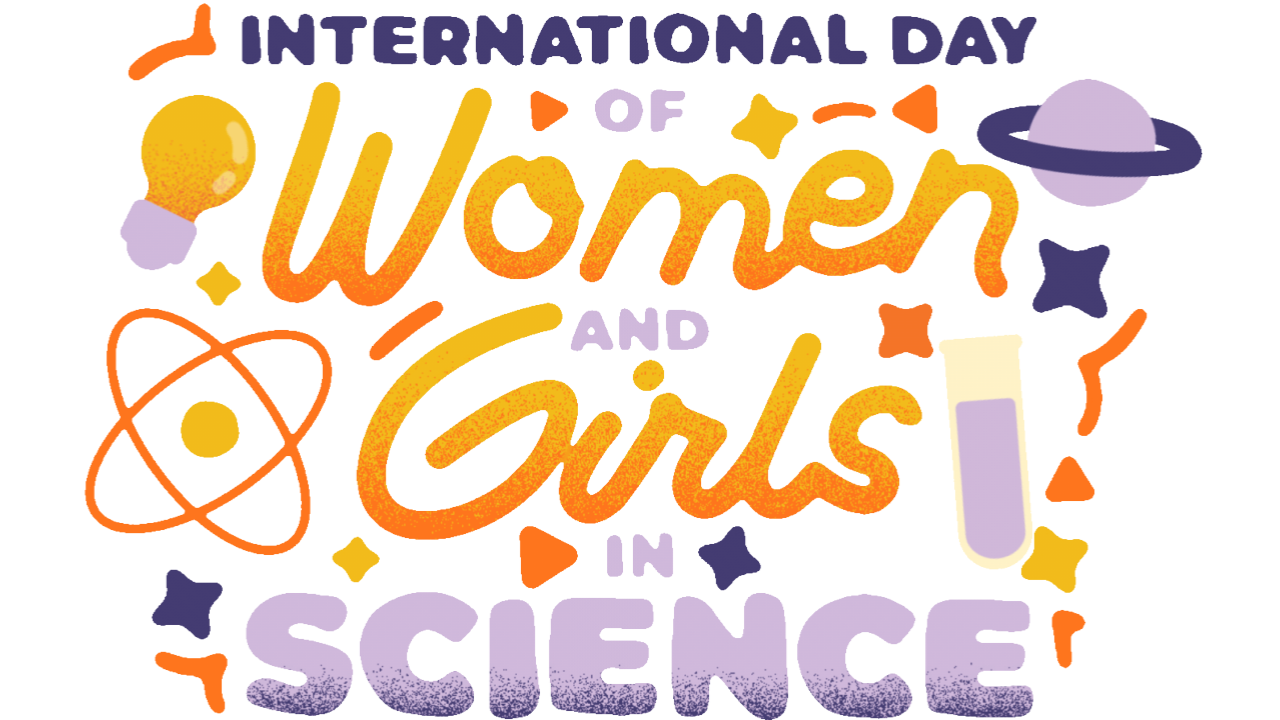International Day of Women and Girls in Science 2024
The International Day of Women and Girls in Science, celebrated annually on February 11th, aims to promote full and equal access and participation for women and girls in science, technology, engineering, and mathematics (STEM) fields.
International Day of Women and Girls in Science Theme 2024
The official theme for the International Day of Women and Girls in Science 2024 has not yet been announced. The theme is typically announced a few months before the actual day, which is February 11th. So, we need to wait for an official announcement from the organizations responsible for the day.
The theme for International Day of Women and Girls in Science 2023 was “Innovate. Demonstrate. Elevate. Advance. I.D.E.A.: Bringing Communities Forward for Sustainable and Equitable Development.”
This theme emphasizes the crucial role that women and girls in science play in driving innovation, demonstrating solutions, elevating their voices, and advancing sustainable and equitable development for communities worldwide.
History of International Day of Women and Girls in Science
The International Day of Women and Girls in Science (IDWGIS) has a relatively young history, but it has quickly become a significant global event promoting gender equality in STEM fields. Here’s a brief overview:
Initiation and Adoption
- 2011: The groundwork was laid during the inaugural High-Level World Women’s Health and Development Forum, organized by the Royal Academy of Science International Trust and the UN Department of Economic and Social Affairs.
- 2015: The UNGA officially declared February 11th as the International Day of Women and Girls in Science.
- 2016: The first official theme, “Women and Girls in Science: A Force for Change,” highlighted the potential of women and girls to contribute to positive societal transformations.
Implementation and Growth
- UNESCO and UN Women: The day’s implementation is primarily led by UNESCO and UN Women, collaborating with other institutions and civil society partners.
- Global Participation: IDWGIS has gained widespread recognition and active participation from governments, educational institutions, NGOs, and individuals across the globe.
Impact
- IDWGIS has significantly increased awareness about the gender gap in science and the importance of promoting women’s and girls’ participation.
- The day serves as a powerful inspiration for young girls to pursue their STEM aspirations and break down barriers.
- IDWGIS encourages governments and institutions to implement policies and initiatives that support gender equality in science education and careers.
- Celebrating Achievements: The day showcases the remarkable contributions of women and girls who have made significant advancements in STEM fields.
Challenges and Future Directions
- Closing the Gender Gap: Despite progress, significant work remains to achieve gender parity in STEM education, research, and leadership roles.
- Addressing Systemic Issues: Addressing unconscious bias, cultural barriers, and unequal access to resources remains crucial for long-term sustainability.
- Empowering Women Leaders: Supporting women scientists and fostering their leadership potential is vital for driving meaningful change.
Facts About Women and Girls in Science
Gender disparities persist in various aspects of the research and technology landscape:
- Women often receive smaller research grants compared to their male counterparts.
- While women make up 33.3% of all researchers, they constitute only 12% of members in national science academies.
- In cutting-edge fields like artificial intelligence, only 22% of professionals are women.
- Despite the demand for skills in technological fields, women account for only 28% of engineering graduates and 40% of graduates in computer science and informatics.
- Female researchers often experience shorter, less well-paid careers.
- Their contributions may be underrepresented in high-profile journals, and they may face challenges in receiving promotions.
Addressing these disparities is crucial for fostering diversity, inclusivity, and equal opportunities in the fields of research and technology.
Significance of International Day of Women and Girls in Science
- Gender equality in STEM: Despite significant progress, women and girls remain under-represented in STEM fields. This day highlights the need to address gender disparities and promote equal opportunities for women and girls to pursue STEM careers.
- Inspiring the next generation: By celebrating the achievements of women and girls in STEM, this day inspires and empowers young girls to pursue their scientific interests and break down barriers.
- Promoting diverse perspectives: Increasing the participation of women and girls in STEM fields leads to a more diverse and inclusive scientific community, fostering creativity and innovation.
- Addressing global challenges: Women and girls bring unique perspectives and approaches to STEM fields, which are critical to addressing global challenges such as climate change, healthcare, and sustainable development.
11th February 2024 Special Day
On the 11th of February 2024, the world observes the International Day of Women and Girls in Science, advocating for complete and equal access and participation of women and girls in science, technology, engineering, and mathematics (STEM) fields. This day underscores the importance of breaking gender barriers, fostering inclusivity, and inspiring the next generation of female scientists and innovators to contribute significantly to the advancements in STEM disciplines.
- Sarkari Result 2025, Latest सरकारी नौकरी Updates & Results

- IBPS AFO Bank Wise Vacancy 2025 Out, Check Complete List

- SSC JE Previous Year Question Papers, Download the Free PDF

- IBPS AFO Bank Preference List 2025, Get Participating Banks List

- IBPS AFO Documents Required for Interview 2025, Complete List

- IBPS AFO Books 2025, Check Complete List of IBPS AFO Books


Hello, I’m Aditi, the creative mind behind the words at Oliveboard. As a content writer specializing in state-level exams, my mission is to unravel the complexities of exam information, ensuring aspiring candidates find clarity and confidence. Having walked the path of an aspirant myself, I bring a unique perspective to my work, crafting accessible content on Exam Notifications, Admit Cards, and Results.
At Oliveboard, I play a crucial role in empowering candidates throughout their exam journey. My dedication lies in making the seemingly daunting process not only understandable but also rewarding. Join me as I break down barriers in exam preparation, providing timely insights and valuable resources. Let’s navigate the path to success together, one well-informed step at a time.
